French Postman's Palace
Categories: Design and Architecture
By Pictolic https://pictolic.com/article/french-postmans-palace1.htmlThis story is about how to follow your dream, despite the opinions of others who do not always understand you. In 1879, a French postman named Ferdinand Cheval gave free rein to his imagination and began the construction of the palace of his dreams, which he called Le Palais Idéal, or "The Ideal Palace". To your attention — the palace of the French postman, which he built for 33 years!
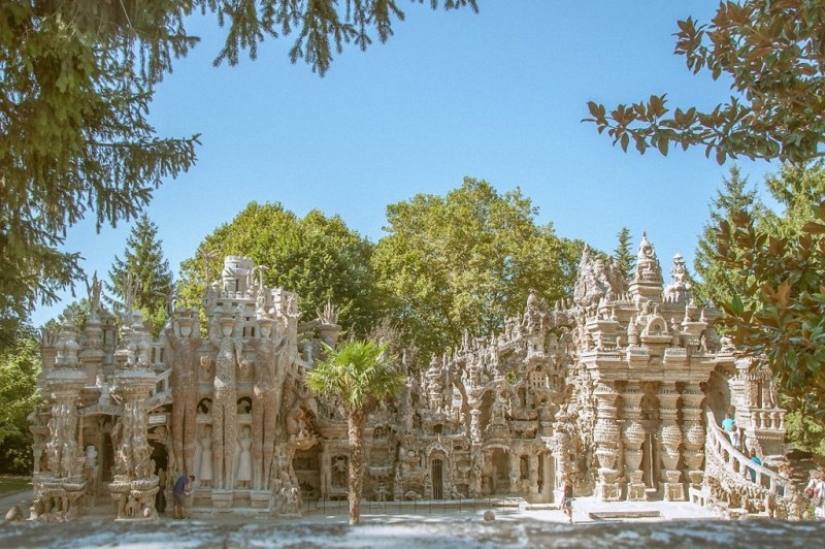
Follow your dream!
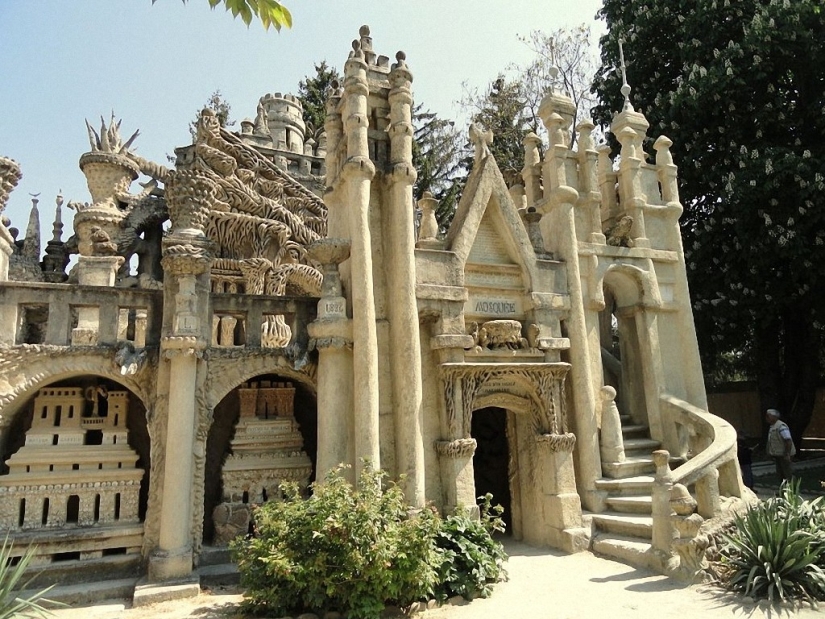
And it all started with a stone that the postman Ferdinand Cheval found on the road, delivering letters to the residents of Hauterives— a small town in southeastern France where he lived. (Photo: Danderot)
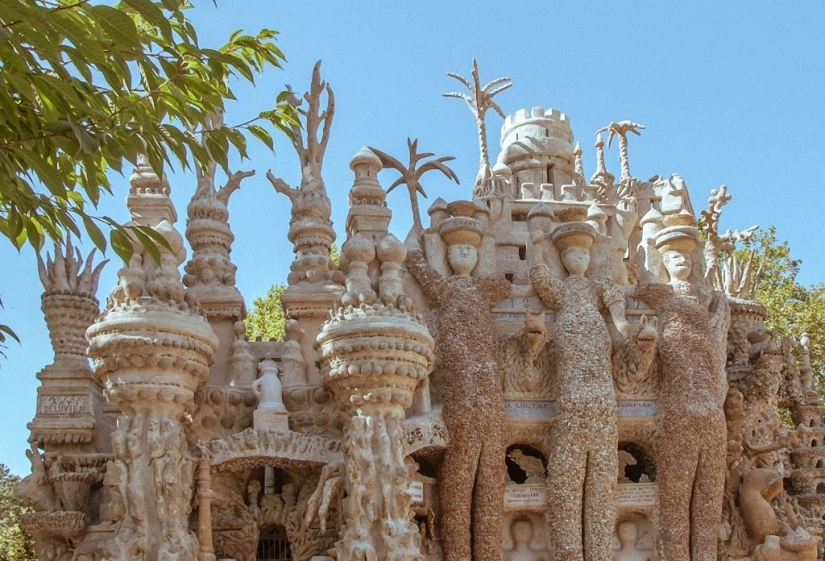
Ferdinand Cheval was born in 1836. At the age of 13, he dropped out of school and got a job in a bakery. For many years he worked as a baker, but in 1867 he decided to "change his profession" and became a postman. (Photo: Emmett Anderson / flickr.com )
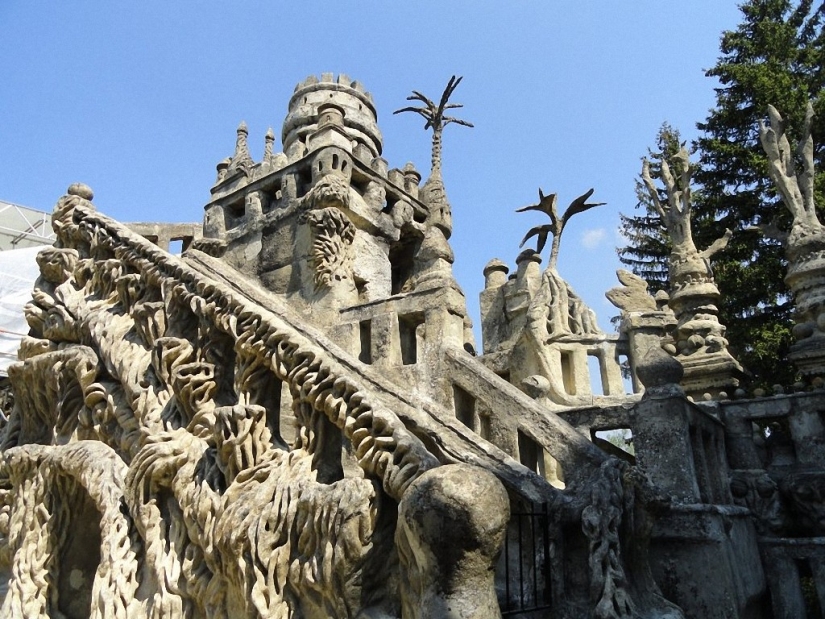
One day, walking along a country road, the postman stumbled over a stone. He picked it up and was amazed by its beauty and amazing shape. "And then I began to dream of building a palace, a magnificent castle. I didn't tell anyone about my dream because I was afraid that people would start laughing at me. I was ashamed of this idea myself," Cheval wrote in his memoirs. (Photo: Danderot)
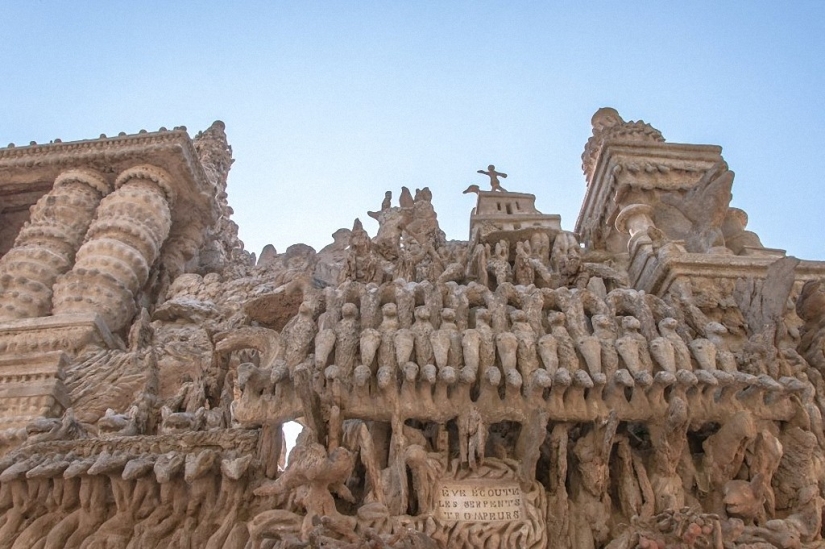
And he forgot about his dream for many years. However, the will of chance brought him back to the idea of building a beautiful palace. "Fifteen years later, when I had almost forgotten about my dream, when I didn't think about it at all, my leg reminded me of it. I tripped over a rock, almost fell. I picked it up. The stone had such an unusual look that I put it in my pocket. I wanted to take it with me to admire it in silence," Cheval wrote. (Photo: Emmett Anderson / flickr.com )
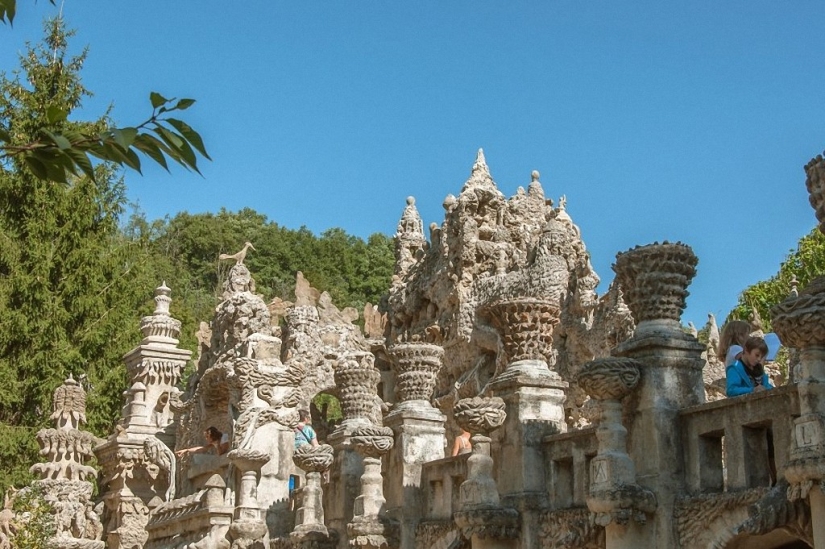
The next day, the postman returned to the same place and found many "even more beautiful stones" there. And these were sandstones — granular sedimentary rock - they made an indelible impression on Cheval with the variety of their forms, which reminded him of small sculptures. (Photo: Emmett Anderson / flickr.com )
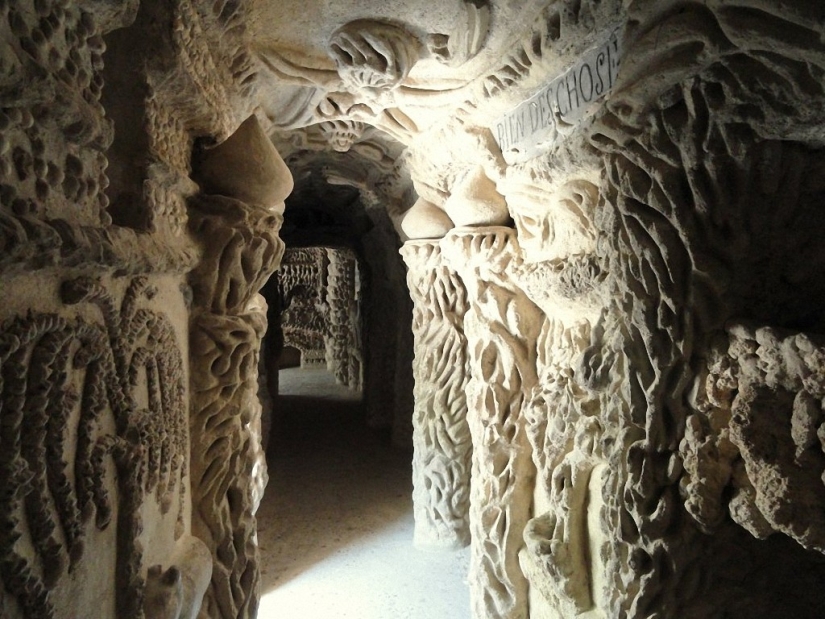
For the next 33 years, the postman Ferdinand Cheval stubbornly collected stones on a 30-kilometer route that passed by delivering mail. Sometimes he got so carried away that he walked another 8 kilometers to find as many beautiful stones as possible. (Photo: Danderot)
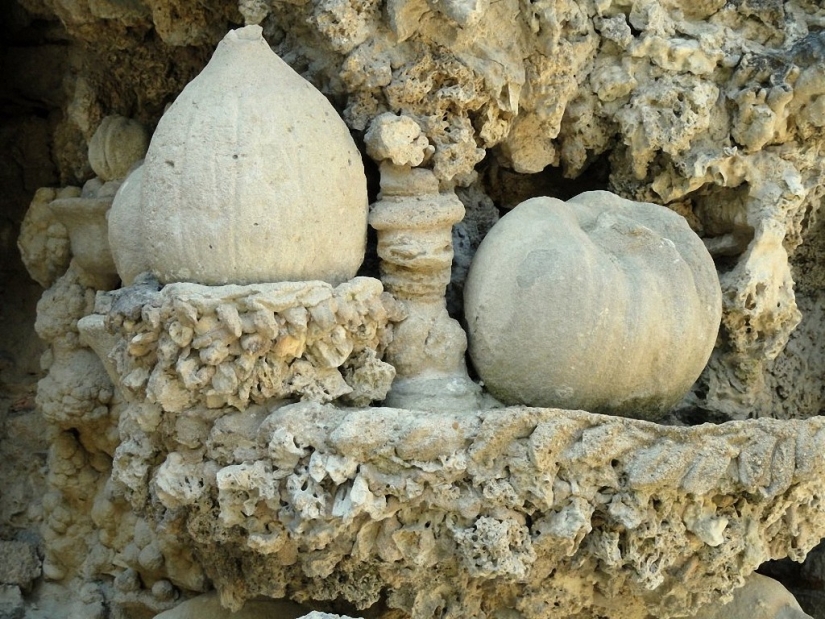
At first, Cheval collected stones in a letter bag and in his pockets, then he went with a basket, when it seemed small to him, he bought a wheelbarrow. He put the collected stones in his garden, where in 1879 he began to create the palace of his dreams, which he called the "Ideal Palace". (Photo: Danderot)
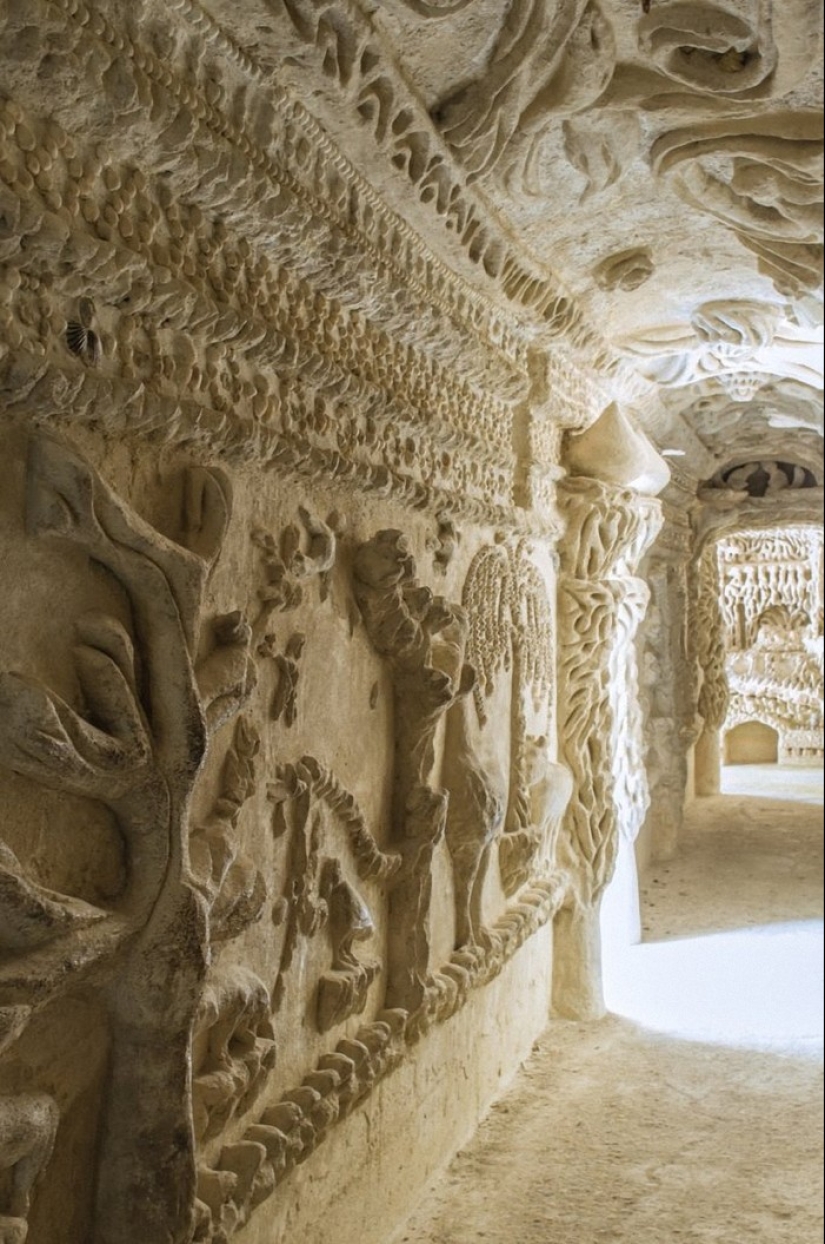
It took two decades to build the outer walls of the palace. Then the postman took care of its interior and decoration. (Photo: Emmett Anderson / flickr.com )
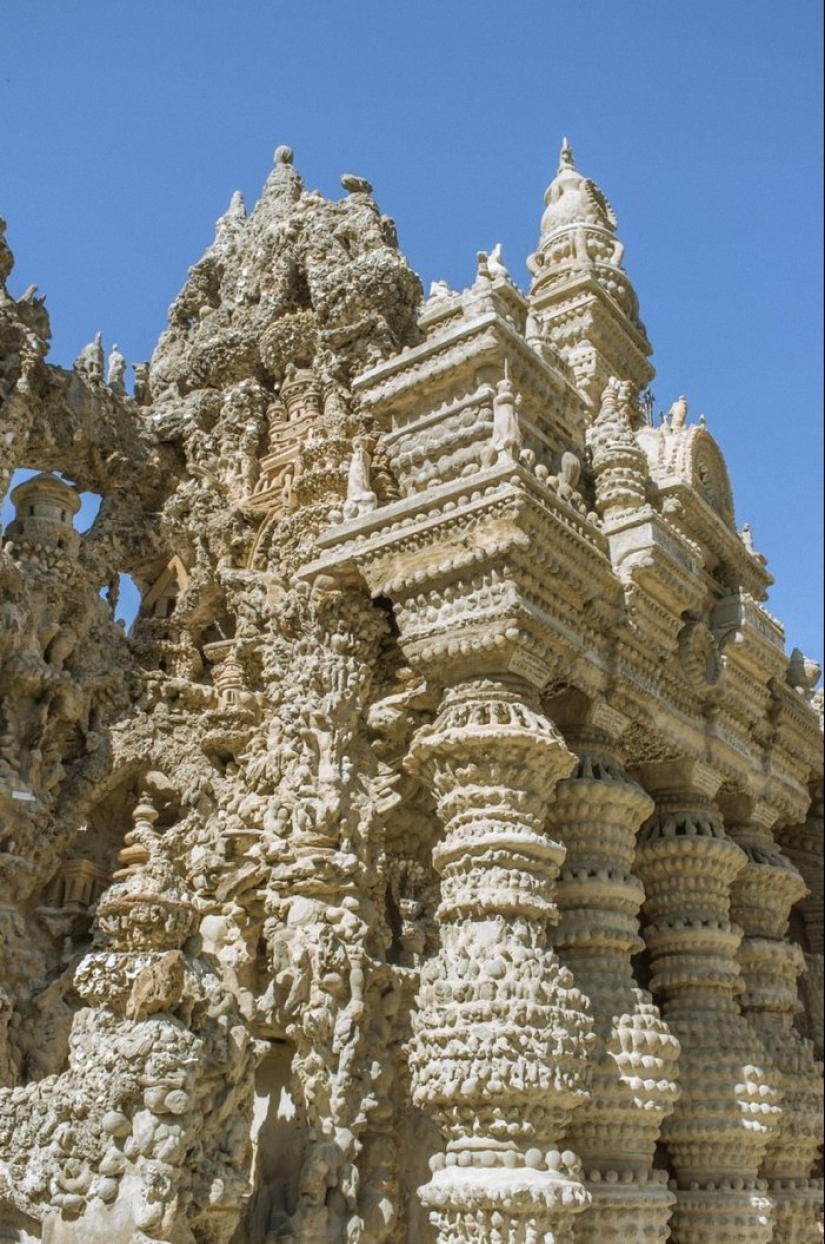
Cheval worked mostly at night, in the light of a torch. He built his palace for 33 years - alone, stone by stone. I used cement-lime mortar to connect the stones. The inspiration for the postman was colorful postcards from exotic countries that he saw while delivering mail. This was reflected in the variety of styles he used in the construction of the palace. (Photo: Emmett Anderson / flickr.com )
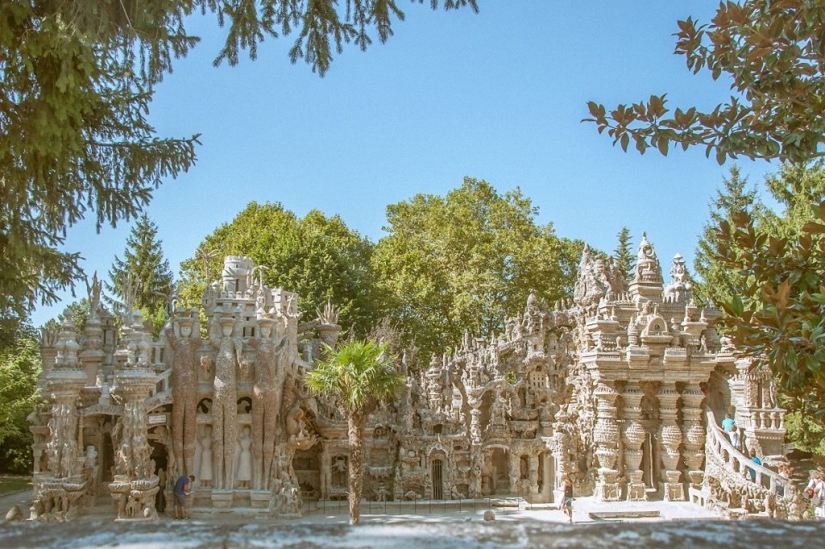
Looking at the Cheval Postman's palace, you can see typical elements for Hindu temples, Arab mosques, medieval castles and Christian cathedrals. Thanks to the many decorations and sculptures depicting animals and fairy-tale characters, the palace seems alive. (Photo: Emmett Anderson / flickr.com )
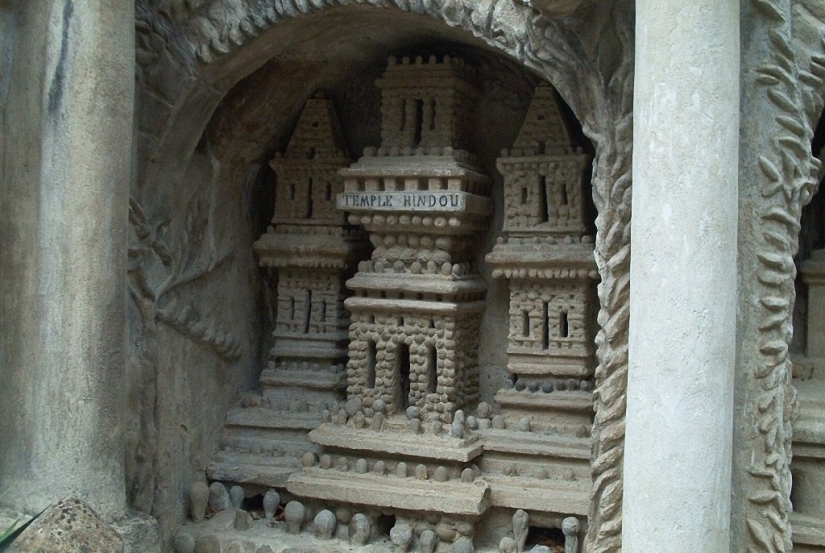
The walls of the palace are dotted with many birds, bears, fairies, alligators, octopuses and giants. The length of the "Ideal Palace" is 26 meters, and the height is 10 meters. (Photo: Pabix/wikimedia)
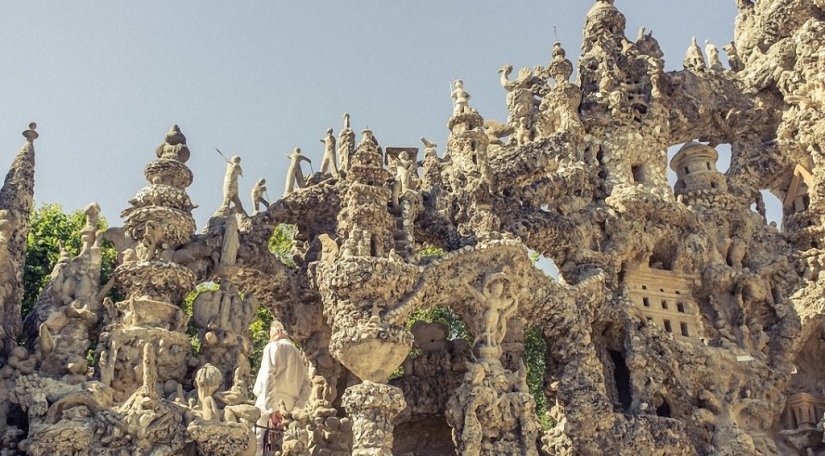
When Ferdinand Cheval completed the construction of the palace of his dreams, in 1912, he was 76 years old. As it turned out, he never intended to live in it. The postman-architect and builder provided his business for everyone to visit who wanted to see it. And, as he wrote, all this time he did not pay attention to the caustic remarks of local residents, who for many years called him crazy. (Photo: Emmett Anderson / flickr.com )
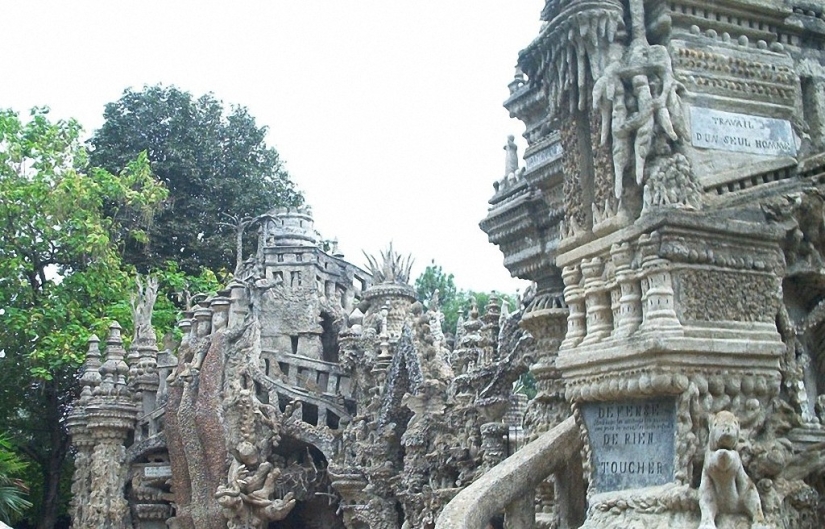
"I knew that people like to mock and even persecute those they don't understand," Cheval wrote. —I wanted to show what can be achieved with the help of willpower." His work was enjoyed by Picasso himself, who created several sketches inspired by the view of the Cheval Palace. (Photo: Pabix/wikimedia)
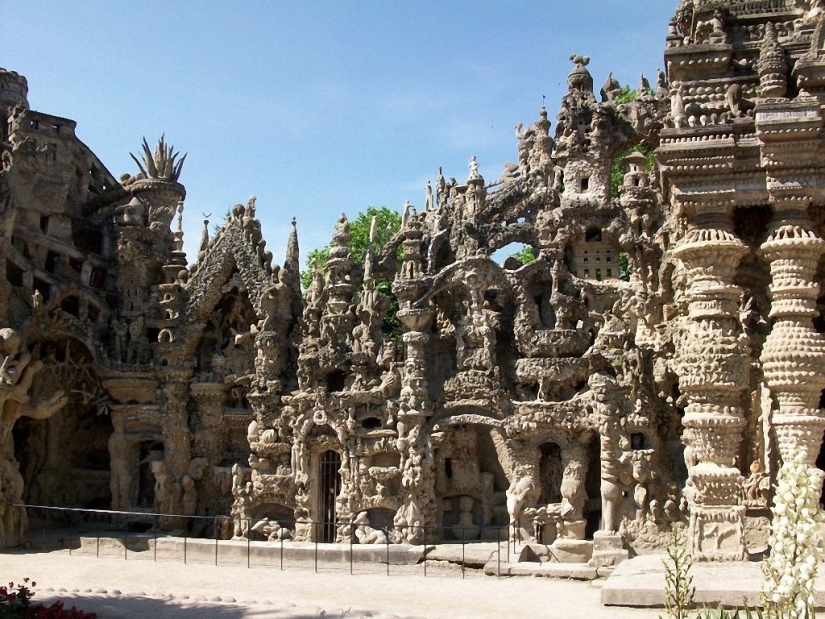
The "Ideal Palace" is considered one of the most unique examples of primitivism in architecture. About 100 thousand tourists visit it every year. In 1986, the French post office issued a stamp with his image in memory of Ferdinand Cheval. (Photo: Xavier Devroey / flickr.com )
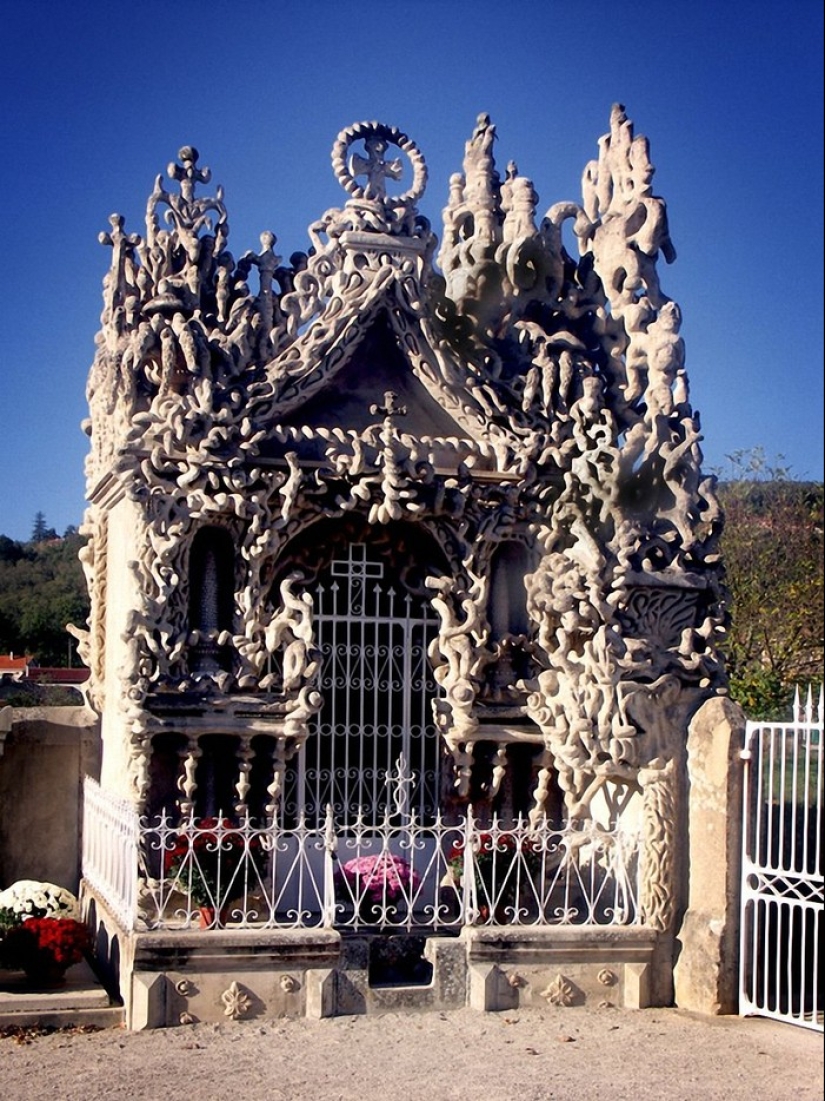
Ferdinand Cheval wanted to be buried in his palace, but this was impossible because it went against French laws. Therefore, he began to build a tomb for himself at the local cemetery (pictured). The famous postman died in 1924, a year after the completion of his mausoleum, the construction of which lasted eight years. His "Ideal Palace" delighted many artists of that time who came to the tiny town of Hauterives in order to get acquainted with the creator of such an unusual palace and learn its history. (Photo: Bleugrenouille/wikimedia)
Recent articles

Most of us think that the color of the eggshell does not play any role and it is possible not to pay attention. But it's not and ...

The more we rely on technology, the more potential power hackers gain over us. It doesn't matter if their goal is to help or cause ...

Creating a good portrait is one of the most difficult tasks for any photographer. In order to make a really natural and memorable ...